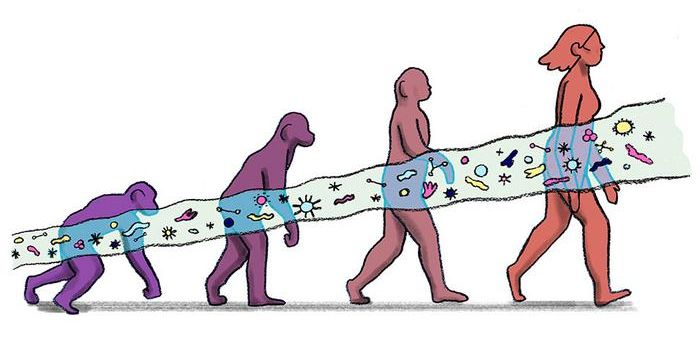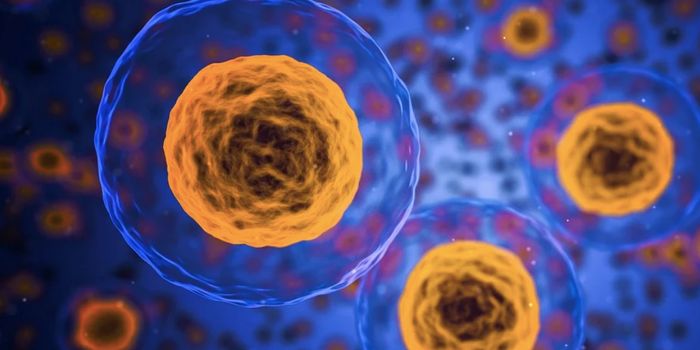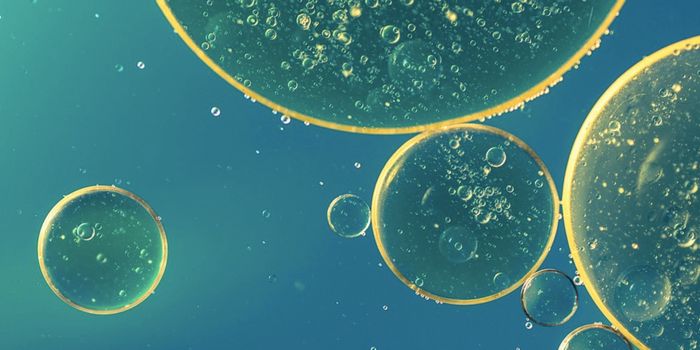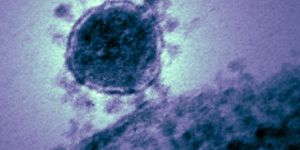Why Arthritis Tends to Affect the Same Joints Repeatedly
While arthritis may not cause pain all the time, when it flares, it tends to recur in the same joints. This can create specific patterns that are unique to patients; for some, the joints in the hands are the ones that swell and ache, while for others, a specific knee may be problematic. When arthritis arises in a joint, it is more likely to happen again in the same joint even when there's been an absence of pain for years.
"Overwhelmingly, flares occur in a previously involved joint," says Peter Nigrovic, MD, chief of the division of immunology at Boston Children's Hospital. It's almost as though there is something in the joint that recalls the arthritis. As it turns out, there is.
A new study, co-led by Nigrovic and colleagues has now identified an immune cell that can recall arthritic flares; it's called a tissue-resident memory T cell. These T cells are found in a membrane called the synovium that lines the inside of moveable joints where two bones meet. The T cells there can act like anchors. Nigrovic explained that they persist in the affected joint even when an arthritic flare has ended, and they can be activated to cause more in the future. This research has been published in Cell Reports.
"If you delete these cells, arthritis flares stop. We showed that these T cells anchor themselves in the joints and stick around indefinitely after the flare is over, waiting for another trigger," added Nigrovic.
Three different models of inflammatory arthritis were used in this study. Two of these models can cause joint inflammation with chemical triggers. In the other, joint inflammation happens due to the genetic deletion of a protein that blocks the action of a pro-inflammatory cytokine called IL-1. After resident memory T cells are activated in the joints, other immune cells are stimulated, leading to arthritic flares in the joints where the T cells reside. When the resident T cells are blocked, the flares stop happening.
"Right now, treatment of rheumatoid arthritis has to continue lifelong; although we can successfully suppress disease activity in many patients, there is no cure," said Nigrovic. "We think our findings may open up new therapeutic avenues."
This work could apply to several types of autoimmune arthritis, suggested Nigrovic.
It may also be possible to treat arthritis by targeting these cells, which the researchers are pursuing.
Sources: Children's Hospital Boston, Cell Reports









